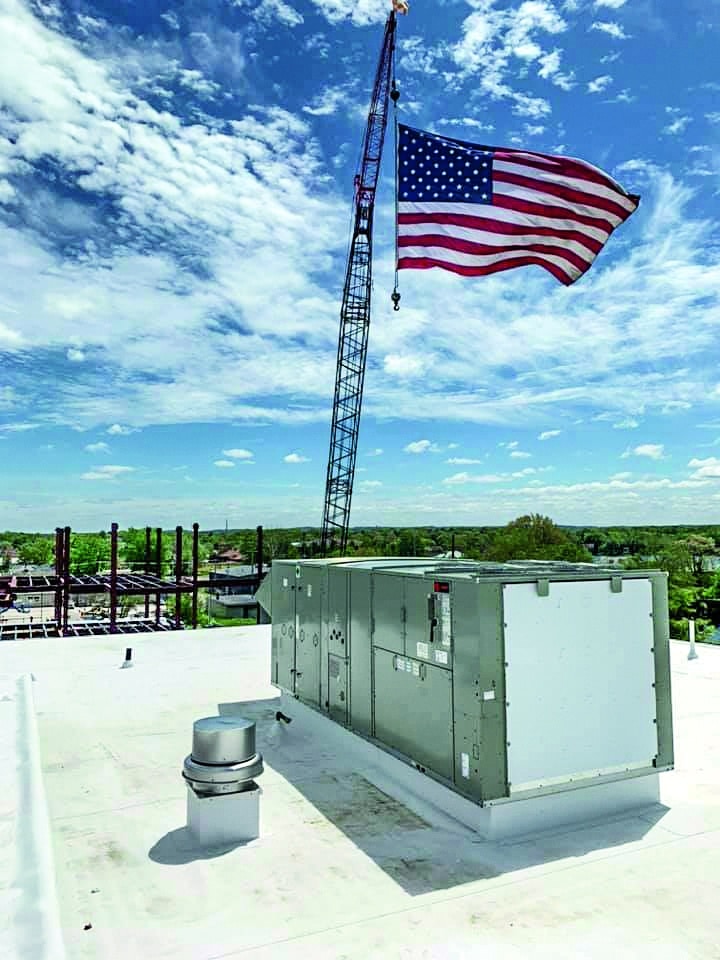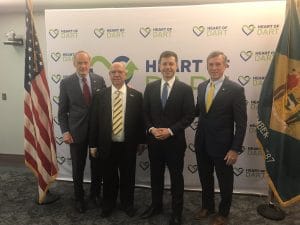The Bipartisan Infrastructure Law is infusing $292 million into the completion of the Hudson Tunnel modernization project, which will rehabilitate the old North River Tunnel connecting New York and New Jersey, build a new tunnel and improve reliability for the 200,000 passengers who traverse the tunnel each weekday. President Biden visited New York City to champion the project on January 31, 2023, where he noted that this phase of the project will create 72,000 jobs.
“Yesterday in Baltimore, I announced that we’re building [the B&P Tunnel project] under the new project labor agreement. And we’re making sure there is [a PLA] here as well,” Biden said. “The agreement contractors and unions put in place … before construction begins to ensure major projects are handled with well-trained, highly skilled union workers that resolve disputes ahead of time, ensuring safer work sites, avoiding disruptions and work stoppages that can cause expensive and extensive delays down the line.”
Funding for the modernization project faltered under the previous president’s administration. But thanks to the passage of the Bipartisan Infrastructure Law in 2021, construction can resume in earnest for this crucial phase of the project. This alone will put tens of thousands of union members to work – and once the tunnel has been fully modernized, it will vastly improve the working conditions for SMART Transportation Division members working for Amtrak and regional transit systems.
“Since the passage of the Bipartisan Infrastructure Law, we’ve seen time and again how important critical infrastructure projects are for our members – both the sheet metal members who work on these projects, and the transit workers who keep our country moving every day,” said SMART General President Joseph Sellers. “We applaud the pro-labor leadership of Congress and the Biden administration in putting these funds directly towards projects that benefit working people.”
The Northeast Corridor accounts for approximately 20% of the United States economy’s GDP. “If this line shuts down for just one day it would cost our economy $100 million,” Biden said. “And the current Hudson River rail tunnel can be a major chokepoint.”
“This is one of the biggest, most consequential projects in the country,” he added. “But we finally have the money, and we’re going to get it done.”
In addition to New York and Baltimore, the AP reports, infrastructure law funding will spur work on the Brent Spence Bridge, which connects Kentucky and Ohio; the Calcasieu River Bridge in Louisiana; a commuter rail project in Illinois; the Alligator River Bridge in North Carolina; a transit and highway plan in California; and roadways in Oklahoma, Pennsylvania and Mississippi.
“Funding from this law – along with renewed investment from private companies – is creating a level of opportunity across our country that is almost unheard of,” SMART Director of Organizing Darrell Roberts remarked. “Our members are ready to take on this work, and we as an organization are ready to bring in new members and elevate the working class throughout this nation.”


